The United Nations has named 2025 as the International Year Of Quantum Science & Technology. Although women today are a large part of STEM-related research and discoveries, this wasn’t always the case. At the turn of the 20th century, there was gender discrimination and the contributions of women in science were largely overlooked. Yet, these women in India and abroad contributed to the field of Quantum Science & Technology, setting the foundation for modern physics and chemistry.
Chien-Shiung Wu
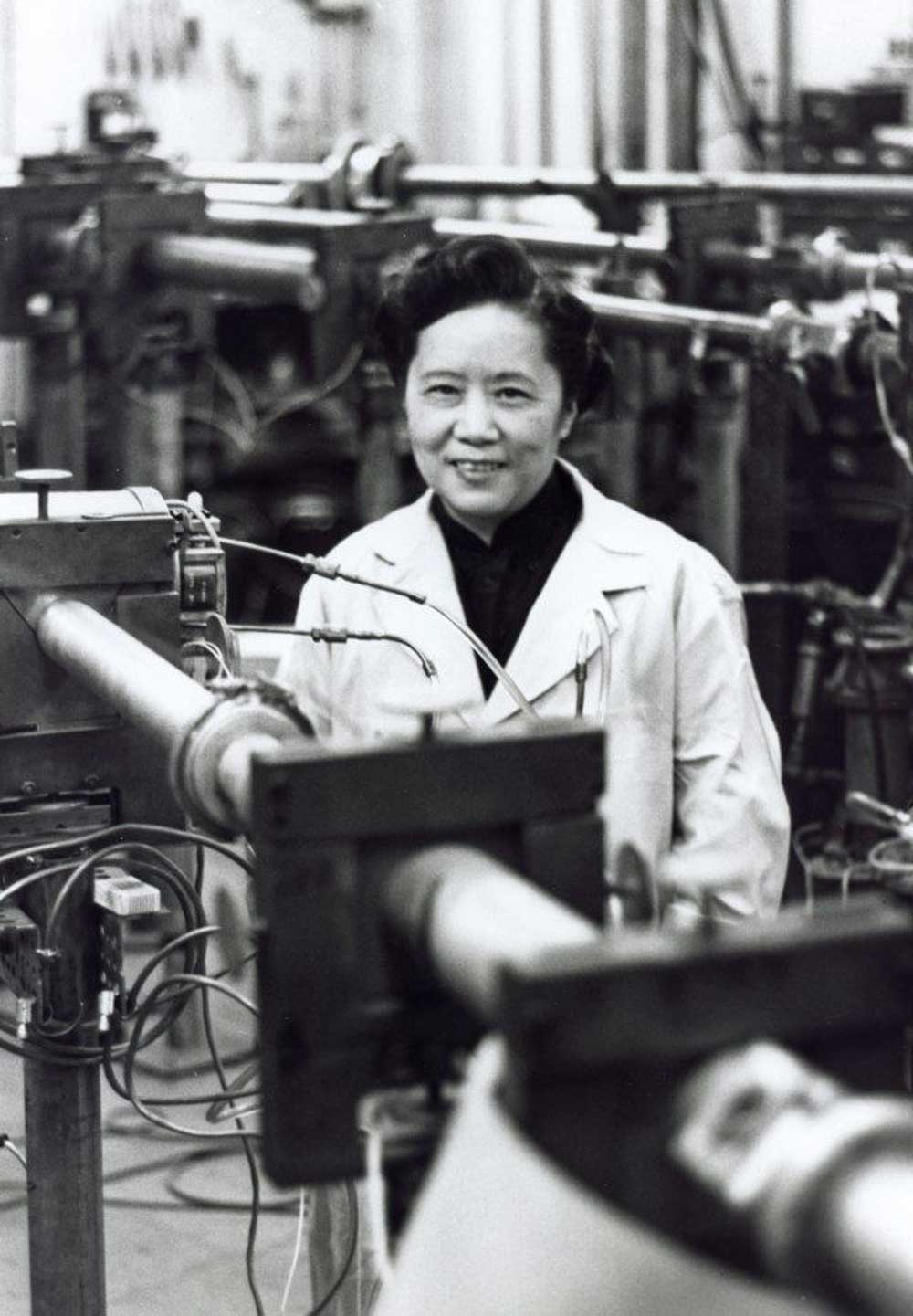
Often known as The First Lady of Physics, Chien-Shiung Wu was born in 1912 in China to a middle-class family. She graduated from National Central University in 1934. With her talent and interest in physics, she soon found herself crossing the Pacific to pursue a degree at the University of California under Ernest O Lawrence. Here she encountered discrimination because of her race as well as her gender, but plodded along in her education and research. She was involved in the building of the atom bomb, as well as the Manhattan Project which developed the first nuclear weapons during WWII. At the end of the War, she became a research professor at Columbia University and was the first ever woman to become a tenured physics professor in University history. Experimenting with Einstein’s conclusions, Wu became the first to establish the phenomenon and validity of quantum entanglement using photos. Among her achievements is the process of separating Uranium into two isotopes – Uranium-235 and Uranium-238. She also showed how beta decay worked, establishing herself as a leading physicist on the topic and contributing to much of modern physics. Although her colleagues (theoretical physicists) would eventually be awarded a Nobel Prize for this discovery, Wu (an experimental physicist) wasn’t included in the honours. She would later say, ‘In China there are many, many women in physics. There is a misconception in America that women scientists are all dowdy spinsters. This is the fault of men. In Chinese society, a woman is valued for what she is, and men encourage her to accomplishments, yet she remains eternally feminine.’
Anna Mani
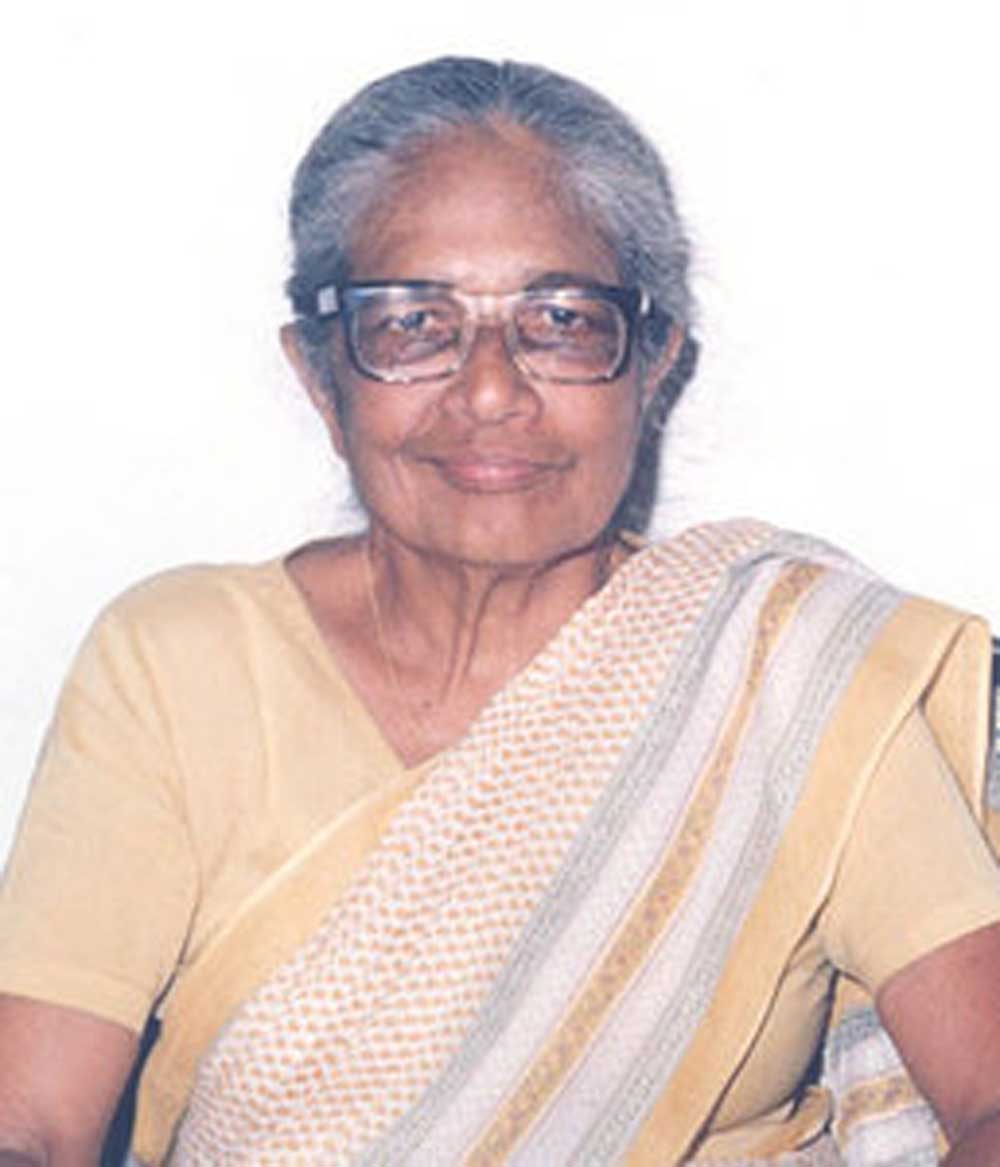
When Anna Mani was gifted a set of diamond earrings at the age of eight, she returned the gift. She requested that it be exchanged for a book set of the Encyclopedia Britannica instead! Born in 1918 in Kerala, her family was affluent and girls were not expected to pursue a career even if they were well-educated. However, Anna was always in pursuit of academic excellence, and by the age of 12, she had finished reading all the books in her family’s vast library. In 1939, Anna received her B Sc Honours in Physics and Chemistry from Pachaiyappas College in Madras, followed by a research scholarship at the Indian Institute of Science, Bangalore. Supervised by Nobel Laureate Sir CV Raman, she started researching the spectroscopy of rubies and diamonds. Unfortunately, though her research and dissertation were detailed, she wasn’t awarded a PhD due to lack of a Master’s degree. So when a scholarship and opportunity to study physics at Imperial College, London arose, she set sail along on a ship in 1945, only to find that the internship was in meteorological instrumentation! Undeterred, she looked upon it as an opportunity and decided to switch subjects. When she returned, Anna worked on tapping solar energy by setting up monitoring stations across India and also headed a project to design weather instruments. Her main achievement was to invent and develop the Ozonesonde an instrument to measure ozone. She became a member of the International Ozone Association. Anna chose not to get married and was completely dedicated to precision and science. She would say, ‘Wrong measurements are worse than no measurements at all’!
Marie Curie
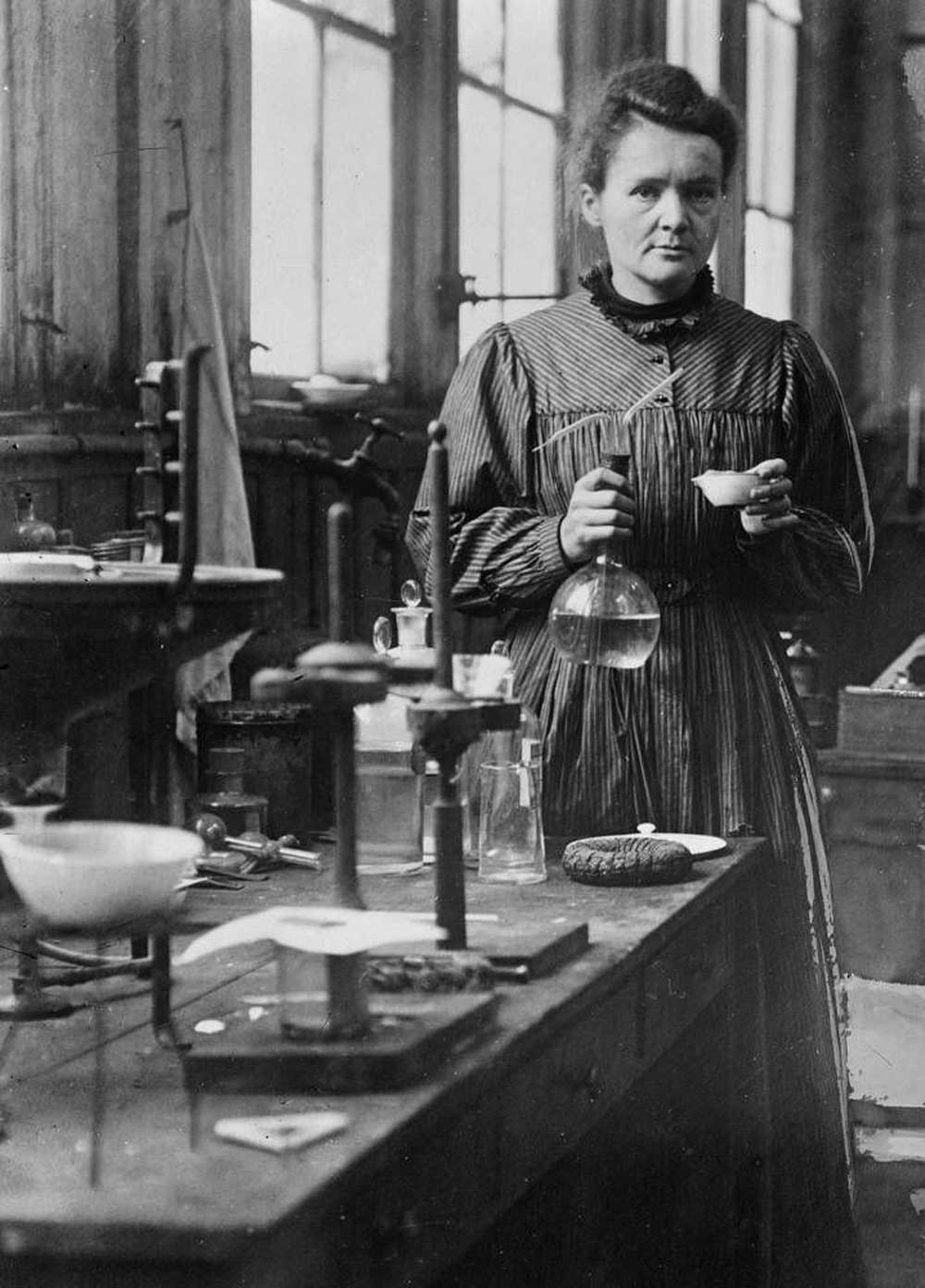
When Marie Curie began her journey as a scientist, women’s achievements were often dismissed as being inconsequential. Yet, she went on to become prolific, winning not one but two Nobel Prizes, and is today known as The Quantum Matriarch. She is the only person to have been awarded in two fields – Physics and Chemistry. Although she is best known for the discovery of the elements Radium and Polonium, Marie Curie is so much more than that. Born Maria Skłodowska in 1867 in Warsaw, Poland, Maria’s childhood was fraught with financial instability and disease. In addition to this, women were not permitted to pursue higher studies. Marie worked as a governess and private tutor to support her family and later joined her sister in Paris, who was studying medicine. Here, she enrolled in the Sorbonne University and her talent in the fields of physics, chemistry ,and mathematics shone. She also met and married her husband Pierre Curie, a physics professor. Together, they were the darlings of the scientific community. In 1898, they unlocked two novel elements that were present in small quantities in uranium ores. One of them was Radium. The other, they called Polonium, ‘from the name of the country of one of us.’ In 1903, they won a Nobel for this discovery. Marie’s work with X-Rays in WWI led to the use of X-Rays for injured soldiers. In 1911, her second Nobel Prize followed for her contributions to radioactivity. Unfortunately, the exposure to radioactivity would eventually lead to leukemia and she died in 1932. Her life is an example of where resilience and curiosity can take us. When asked about her struggles, she said, ‘I was taught that the way of progress was neither swift nor easy’.
Bibha Chowdhury
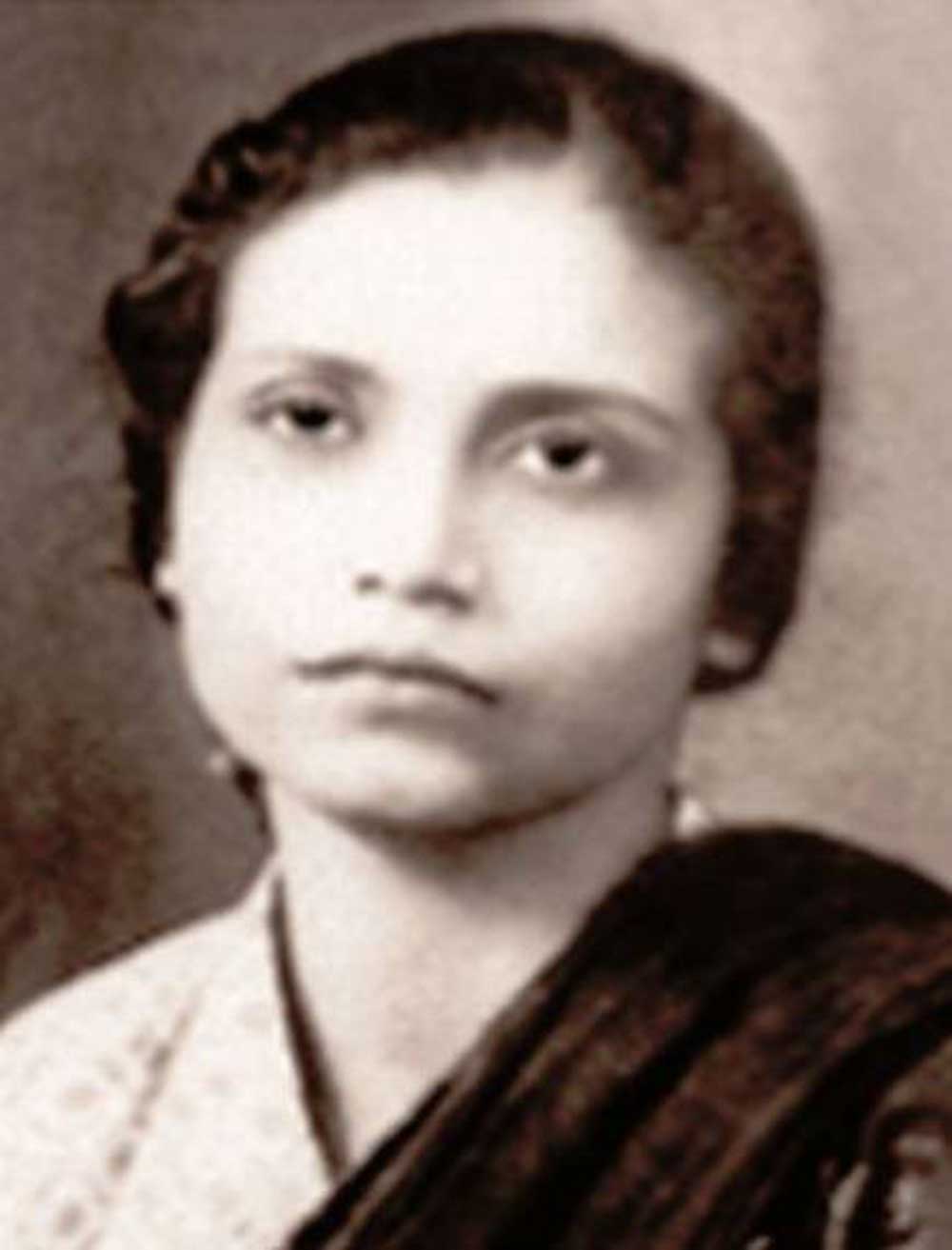
Born to an educated zamindar Bengali family in 1913, Bibha Chowdhuri was related to Sir Jagdish Chandra Bose. The family’s views on education were progressive, and she completed her BSc in Physics from Bethune College in Kolkata, as well as her MSc from the University of Calcuttta. She then joined Dr Debendra Bose’s team, which was researching subatomic particles. Much to everyone’s surprise, her work was pathbreaking. She used photographic plates to study high-energy particles and went all the way to mountainous regions in West Bengal to expose them to cosmic rays. She then studied them under the microscope and found two new particles – pions and muons. She moved to England in 1945 and under the advice of Sir Partick Blackett, worked on her doctorate on air showers, which she finally earned in 1952. Ironically, Sir Patrick won a Nobel Prize for his work on cosmic rays, but no credit was given to Bibha for her contributions to his experiments. When she returned to India, Bibha became the first woman scientist to work at the Tata Institute of Fundamental Research. She also worked at the Research Laboratory in Ahmedabad, and was involved in the Kolar Gold Field experiments. Although she was relatively unrecognised in her lifetime, the IAU renamed the star HD 86081 as 'Bibha' to commemorate her contributions to physics.
Rosalind Franklin
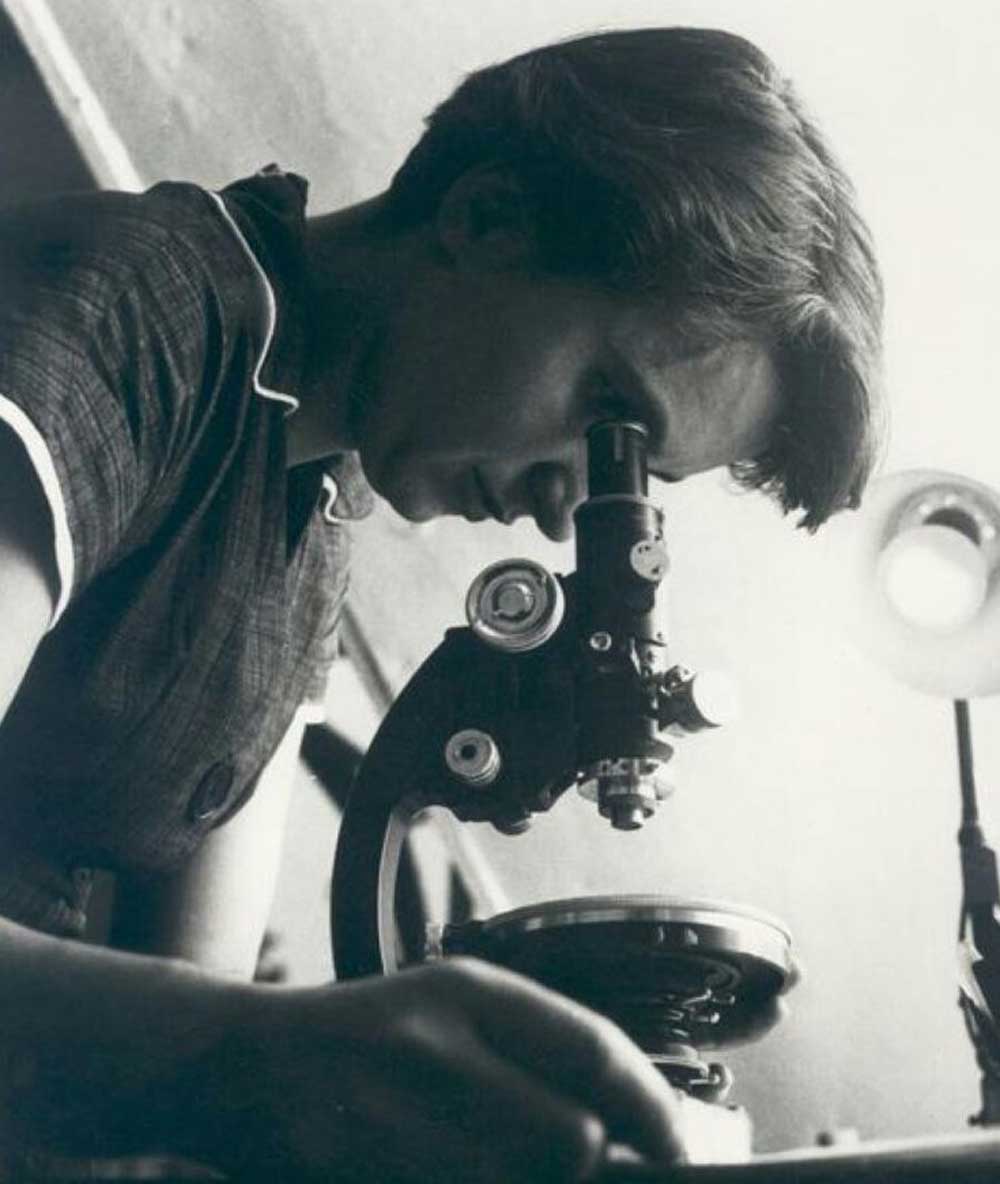
We take the discovery of DNA for granted today but fail to credit the person whose pathbreaking work was largely responsible for it. British chemist and X-ray crystallographer Rosalind Franklin was born in 1920 to a Jewish family in Notting Hill. She graduated in 1941 with a degree in Natural Sciences from the University of Cambridge and then stayed on to pursue a PhD in Chemistry. Once WWII ended, she moved to Paris as one of the researchers at the Laboratoire Central des Services Chimiques de l'État. Here, she learnt about the aspects of applying X-ray crystallography to amorphous substances. When she moved back to London, having secured a Fellowship at King’s College, she started working on DNA fibres. She used her expertise with X-rays to study the structure of DNA. Her findings led to the discovery of DNA structure. Franklin also studied the RNA molecule and used X-ray crystallography to study RNA viruses as well. She also studied the polio virus. Although Franklin was never nominated for a Nobel Prize, her research provided the foundation for Francis Crick, James Watson, and Maurice Wilkins to be awarded a Nobel Prize in 1962 for DNA structure.